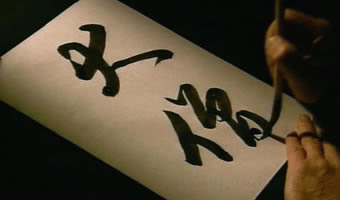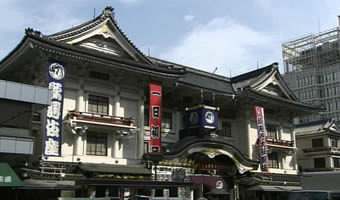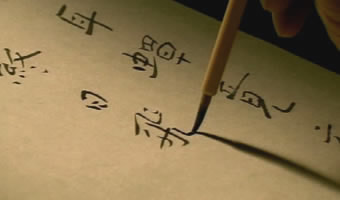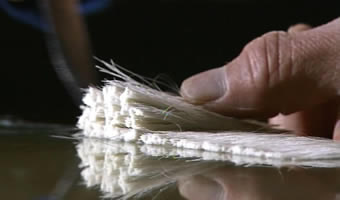Momoyama・Edo periodCosmic world of Fude

Renaissance and flourishing of popular culture Fude for a variety of purposes
Momoyama period saw the revival of the elegant style of Heian period, which had died out during the unquiet time of the past. Especially the collaborational work called ”Tsurushitae Sanjuurokkasen Wakakan" by calligrapher Hon-ami Kotetsu and an artist Tawaraya Soutatsu is a representative work that indicates the rebirth of imperial classic. Both artists achieved great success from the end of Momoyama period to the beginning of edo period, and their vibrant and bold graphic calligraphy styles revived the glamour of imperial classic in this new era. During edo period, the culture of written characters, which had developed among the circle of imperial nobles and privilege class, rapidly spread to the general public. Popular culture such as Kabuki and Ukiyoe was born, and the establishment of Terakoya schools helped give people of the middle class more chance to learn a written language. Also, it was during this time when new calligraphy styles were created. “Oie ryu” (Oie style) was used for official documents in the Edo period and was the style taught in Terakoya schools. “Kantei ryu” (Kantei style) became famous when it was used to write ranking lists of Sumo wrestlers at tournaments and the banners for Kabuki plays.
 “Oie ryu” (Oie style)
“Oie ryu” (Oie style) “Kantei ryu” (Kantei style)
“Kantei ryu” (Kantei style)
Among the men of letters and Buddhist monks, Karayo (Chinese mode) of calligraphy was widely enjoyed, and it became one of the mainstream calligraphy during the end of Edo period. Calligraphy styles itself went through a major diversification, and while people were enjoying their leisure time and stability of their lives, the calligraphy helped to expand their world of entertainment.
The new life style of the general public who valued learning and enjoyed arts and entertainments had an influence on the development of manufacturing technique of paper and fude. During Genroku period, a scholar Hosoi Koutaku, having gotten an idea from Chinese Fude, came up with an idea to improve fude manufacturing process. The process was called “Nerimaze” (knead and mix) method, and hairs with different textures (one soft and the other firm) were kneaded and mixed to make up a Fude. This is a common manufacturing method still being used today. Before Edo period in Japan, Fude with a core made of hemp paper were generally used. Koutaku established the new manufacturing method of fude without a core (“Mizufude”). This inventive method started the production of fude of different sizes for the use of varying purposes.
The development of fude played an important role not only in the world of calligraphy but also in the world of decorative arts. Since traditional crafts makers focus all their senses on their fingertips, fude makers are committed to create a fude that enables craftsmen to express their sense of touch with precise accuracy. This commitment to quality made the improvement of fude possible. Extremely sophisticated technique of fude is seen in gold lacquered furniture of feudal lords. And fude of different variety was used to hand paint the colorful design on Japanese ceramics of Kutani ware and Imari ware. Many of the traditional crafts of that period have been passed down to the present, helping to carry on the Japanese aesthetic sense and the lifestyle of the past.
 Calligraphy styles of Ryokan
Calligraphy styles of Ryokan The process was called “Nerimaze” (knead and mix) method.
The process was called “Nerimaze” (knead and mix) method.